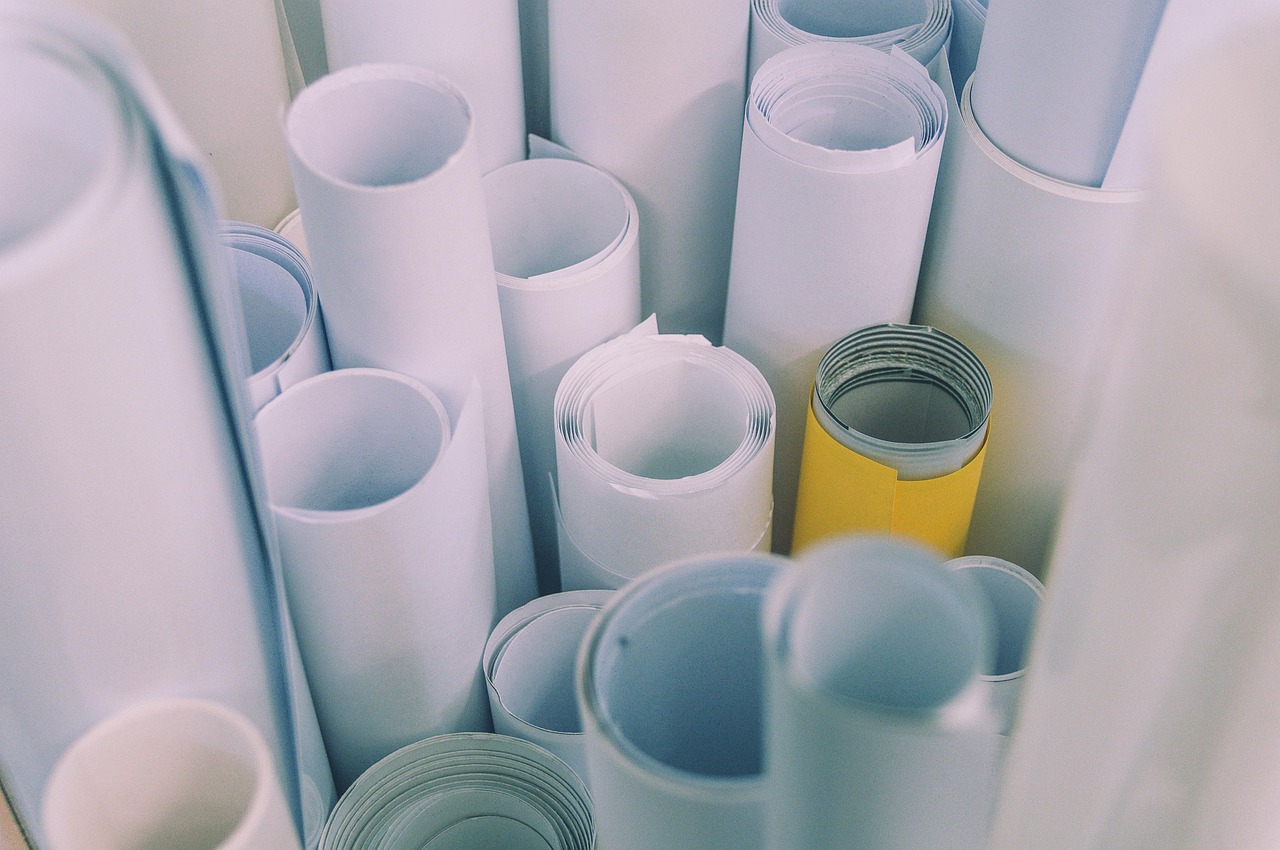Choosing the right coating for laminate applications is a pivotal decision for businesses in the furniture and manufacturing sectors. With options like polyurethane and melamine, understanding their unique properties and benefits can significantly impact product durability, aesthetics, and overall ROI. This blog aims to guide production managers, product designers, and procurement heads through the critical factors to consider when selecting between these two popular coatings.
Polyurethane and melamine are both thermosetting resins used extensively in high-pressure laminate (HPL) applications. Polyurethane offers excellent flexibility and impact resistance, making it ideal for applications requiring robust performance. Conversely, melamine is renowned for its superior hardness and scratch resistance, providing a high-gloss finish that appeals to design aesthetics. Understanding the nuances of each can help stakeholders make informed decisions that enhance product quality and market competitiveness.
"Investing in high-quality surface finishes such as polyurethane or melamine can enhance product lifespan and appeal, ultimately yielding a higher return on investment." - Industry Expert
Both coatings serve distinct purposes across various industries. Polyurethane is frequently used in environments where flexibility and durability are paramount, such as in furniture that may experience frequent movement. Melamine, on the other hand, excels in applications where a pristine, glossy appearance is desired, making it the preferred choice for decorative panels and furniture surfaces. By understanding the specific benefits of each coating, businesses can tailor their choices to meet both functional and aesthetic demands.
What Are the Key Differences Between Polyurethane and Melamine?
When evaluating polyurethane versus melamine, several technical factors come into play. A case study with a leading furniture manufacturer highlighted how switching to polyurethane coatings improved their product's resilience against daily wear and tear, significantly reducing customer complaints regarding surface damage. In contrast, a melamine-coated product from a high-end decorative panel supplier demonstrated exceptional gloss retention and scratch resistance, enhancing its appeal in luxury markets.
- Polyurethane offers superior impact resistance and flexibility, ideal for high-movement applications.
- Melamine provides a hard, durable finish that resists scratches and maintains a brilliant gloss.
- Polyurethane coatings are better suited for environments with temperature fluctuations due to their flexibility.
- Melamine finishes are often more cost-effective for large-scale production where aesthetic consistency is crucial.
- Polyurethane allows for a wider range of textures and finishes compared to the more uniform melamine surface.
In conclusion, the choice between polyurethane and melamine for laminate applications hinges on specific product requirements, usage environments, and desired aesthetics. By leveraging the unique properties of each coating, businesses can enhance their product offerings, leading to increased customer satisfaction and loyalty. For tailored advice on which coating solution best fits your needs, request a technical consultation with our experts at Prime Colors today. Together, we can elevate your surface finishing solutions to new heights.
